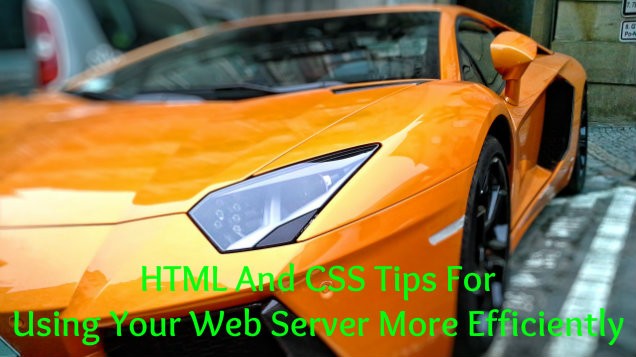Fast page loading speeds means happier visitors who will be more inclined to read your content, make return visits, and buy from your website. A fast web page also improves its ranking in the search engines.
Shorter page loading times can be achieved by not asking your web server to work so hard when a visitor views a page on your site. The more resources used to render a web page, the more work required of the web server to send them up to the visitor’s browser. These resources include things like style sheets, images, and scripts.
In addition to increasing the overall page loading speed, you can also display content that the visitor wants to see first so that she can begin reading it while other page elements are loading.
A similar trick involves rendering page elements above the fold first before the rest of the page gets loaded. Again, this allows the visitor to consume the content that she first sees upon arriving, while the page elements below the fold are still loading up.
How To Reduce CSS Resources
Breaking up CSS code into separate modules or external style sheets may help humans find their way around the code, but it also creates more files that must get served to the visitor’s browser. Multiple file requests like this slow down page loading speeds, especially for mobile device users. This means you should combine all of your external style sheets into a single file.
If you like to inline your CSS directly into individual HTML tags, you should make an effort to break the habit. This practice increases browser rendering time. It also means you can’t make easy global CSS changes to your website.
How To Display Content First
Most people visiting your site are there for the content, not the social media buttons, or advertisements, or the various components that make up your side bars. After absorbing the content they’re interested in, they then make use of these other page elements.
Therefore it makes sense to render your page elements in the same order that they’re used by the visitor. This means the content comes first. Doing this is a simple matter of placing the HTML code for the content above the code for the other page elements. The reason this works is that HTML code loads in the same order as it appears in the HTML file.
How To Display Above The Fold Elements First
Most of your web visitors consume content by starting at the top of a page. Therefore web visitors will linger above the fold for a while before scrolling down. This means that it isn’t necessary to force them to wait while the entire web page loads. Instead, you can make the above the fold portion render first before the rest of the page.
To do this, you must have HTML code written only for the above the fold elements and have separate code for the rest of the page. Elements that visually span the entire page such as the side bars, get split up in terms of HTML code. This means that what appears as a single sidebar to the visitor is actually two separate side bars, one above the other, that visually blend together.
Do not place the CSS for the above the fold elements into a separate file. Instead, place it between the style tags in the HTML file for the page. Doing this speeds up the rendering of the above the fold section of the page because it eliminates the need for an external CSS style sheet.
For more information about web servers or web hosting, please contact us.
Photo Source / Desaturated from original
